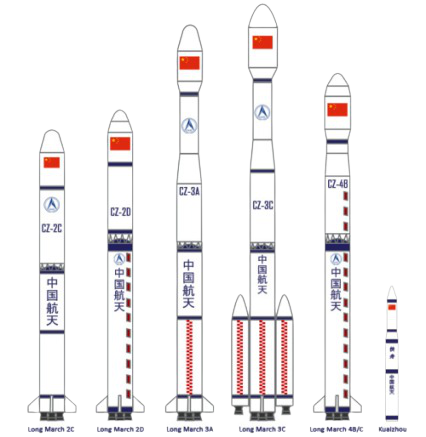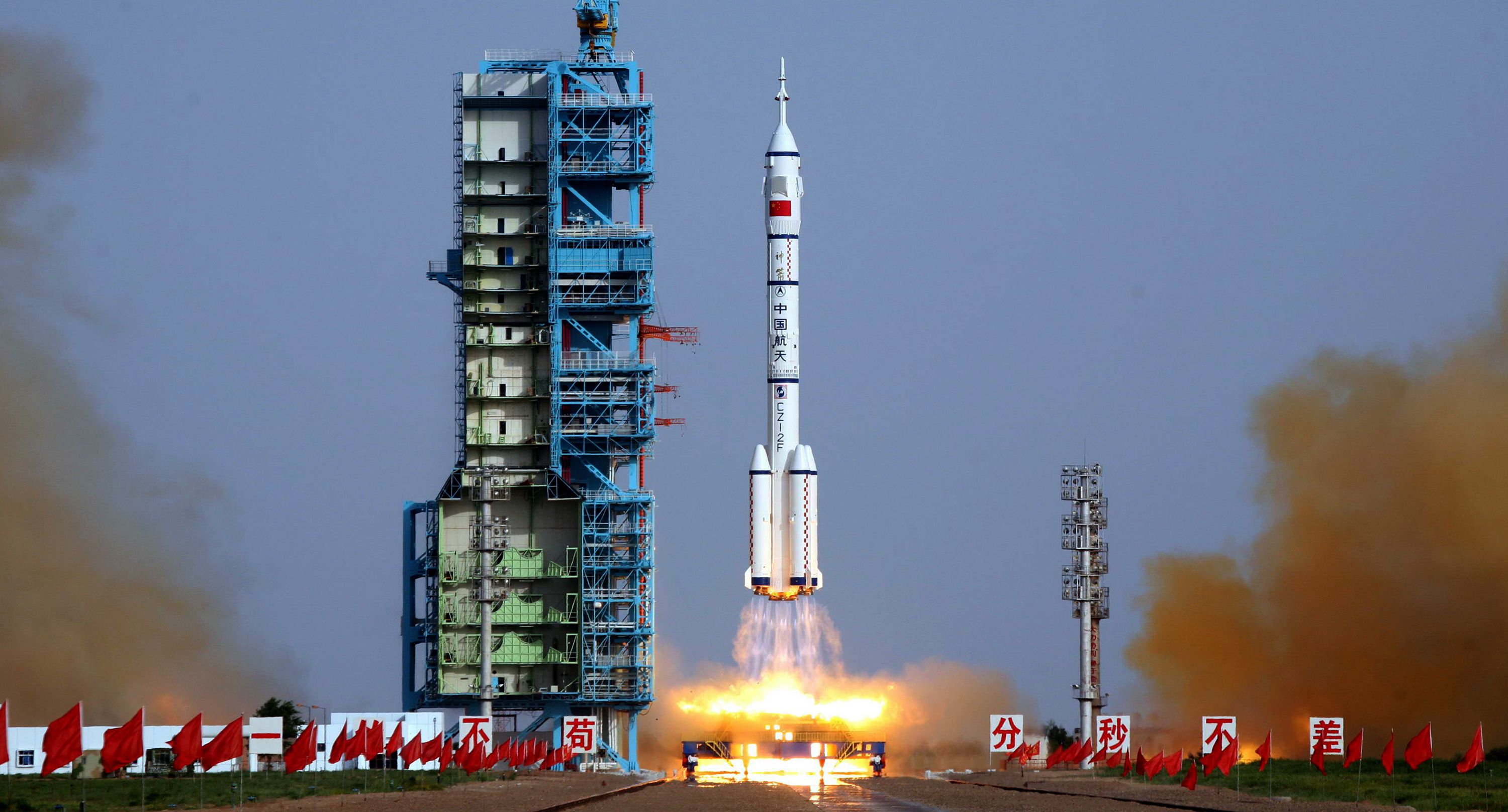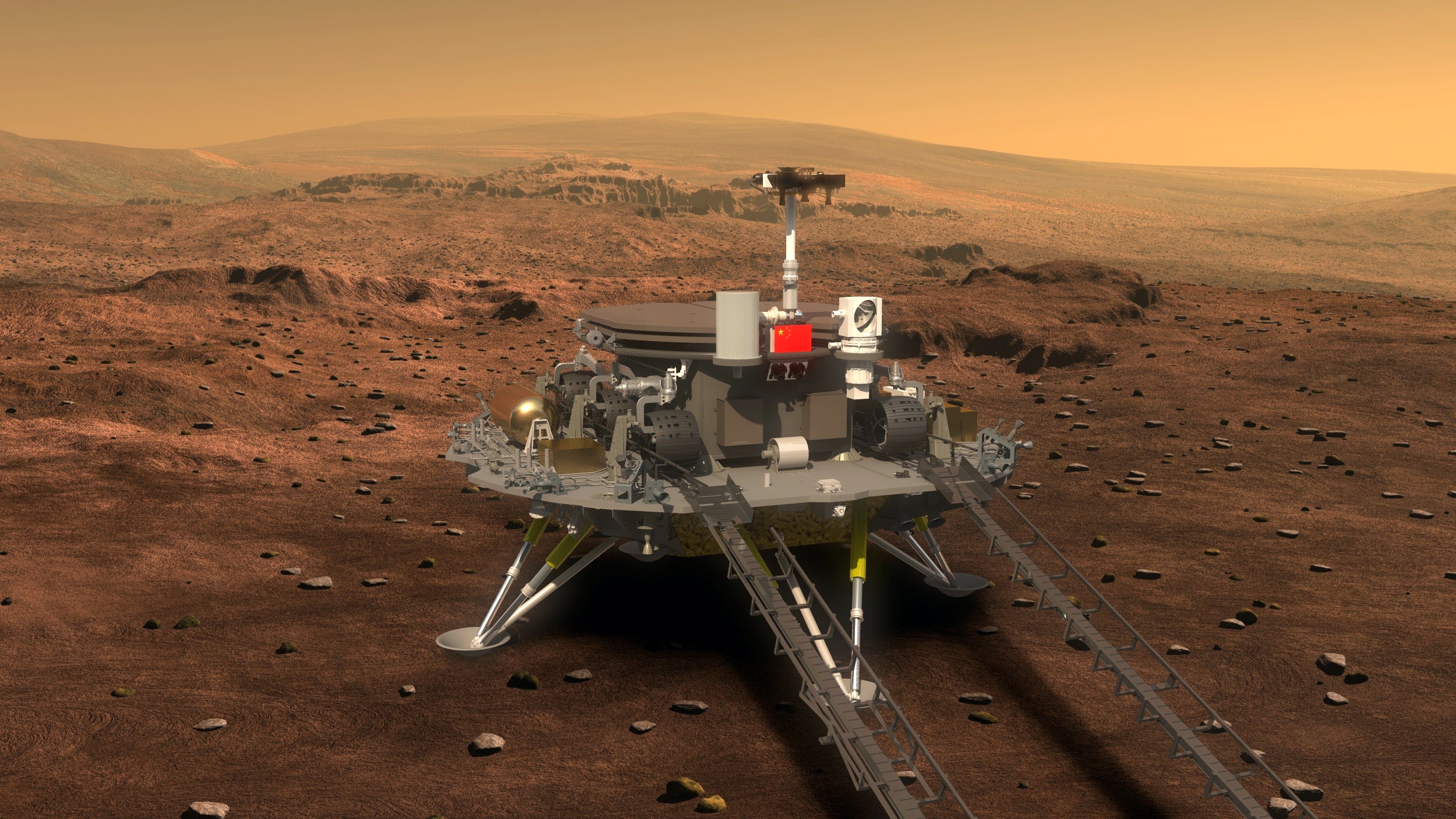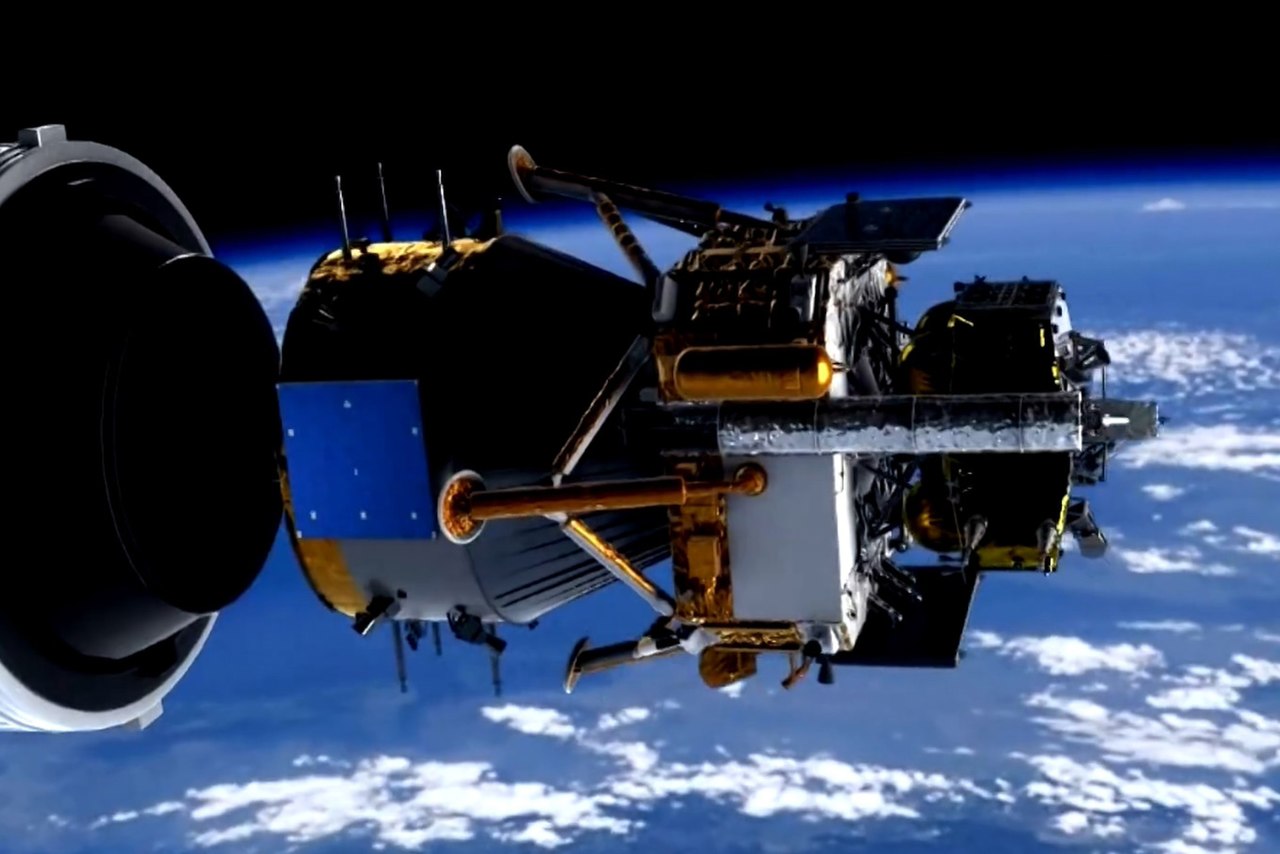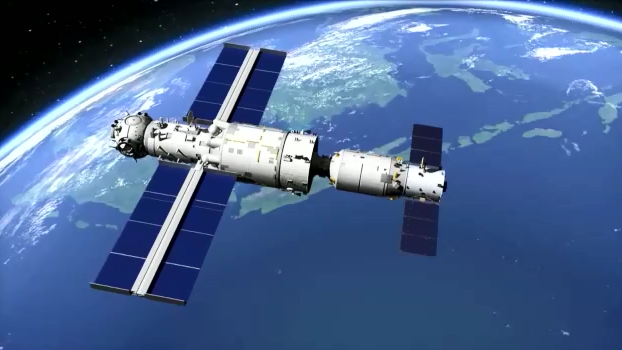About CNSA
China National Space Administration (CNSA) (国家航天局) (Chinese Guojia Hangtianju) is the national space agency of the People's Republic of China responsible for the national space program and for planning and development of space activities. CNSA and China Aerospace Science and Technology Corporation (CASC) assumed the authority over space development efforts previously held by the Ministry of Aerospace Industry. It is a subordinate agency of the State Administration for Science, Technology and Industry for National Defence (SASTIND), itself a subordinate agency of the Ministry of Industry and Information Technology (MIIT), operated by the Chinese Communist Party. The headquarters is in Haidian District, Beijing. Despite its relatively short history, CNSA has pioneered a number of achievements in space for China, including becoming the first space agency to land on the far side of the Moon with Chang'e 4, bringing material back from the Moon with Chang'e 5, and being the second agency who successfully landed a rover on Mars with Tianwen-1.


